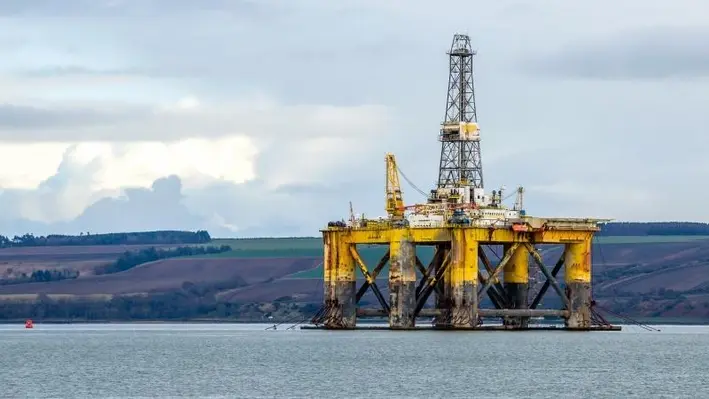
 Offshore Energies UK (OEUK), the leading representative body for the UK’s offshore energy industry, has published its latest Decommissioning Insight report.
Offshore Energies UK (OEUK), the leading representative body for the UK’s offshore energy industry, has published its latest Decommissioning Insight report.
More than 2,000 North Sea wells involved in oil and gas extraction are to be decommissioned at a cost of around UK£20bn over the next decade, says a new industry forecast.
The wells have played a crucial role in providing the UK with the energy to keep homes warm, run businesses and power vehicles.
Decommissioning is the process of withdrawing offshore energy infrastructure from use once it’s no longer needed or at the end of its lifecycle.
The report finds UK decommissioning is expanding fast and predicts a surge in activity over the next three to four years. It says the sector will continue growing as other emerging offshore energy technologies, like offshore wind farms, also require the service.
It is estimated around 2,100 North Sea wells will be decommissioned over the next decade – around 200 per year – at an average cost of £7.8mn per well.
In 2021 a 10th of UKCS oil and gas expenditure went into decommissioning. This proportion has risen to 14% in 2022 and is set to rise to 19% by 2031. Over the next 10 years, expenditure on decommissioning is predicted to total £19.7bn, with well decommissioning comprising nearly half of this spend.
Over 75% of total decommissioning spend will be within the central North Sea, (stretching from Yorkshire to the northern tip of Scotland), and the northern North Sea, (covering an area north of Scotland and east of Shetland and Orkney). The surge in work could particularly benefit industrial communities on adjacent coastlines, especially around Teesside, Humber, Aberdeen and Inverness. Decommissioning in the Irish Sea will generate more economic benefits in places like Merseyside.
However, the growth in other renewable energies, such as offshore wind, could cause bottlenecks in demand for decommissioning services, the report says.
It means the offshore wind, carbon capture and storage, and oil and gas sectors will need to work together and be transparent about planned projects to make sure the opportunity is properly managed.
OEUK Decommissioning Manager, Ricky Thomson, said, “The UK’s decommissioning sector is snowballing and will continue growing for years to come.
“But this poses a challenge as well as an opportunity. The growth of renewables and demand for decommissioning services and expertise will create increasing pressure for resources.
“This is a great problem to have and it’s vital this opportunity is properly managed across the sector so that UK firms can capture the lion’s share of this £20bn opportunity.
“With the right support from government and action from the industry, the UK could make major gains from decommissioning, as well as retain thousands of jobs for this growing sector.”
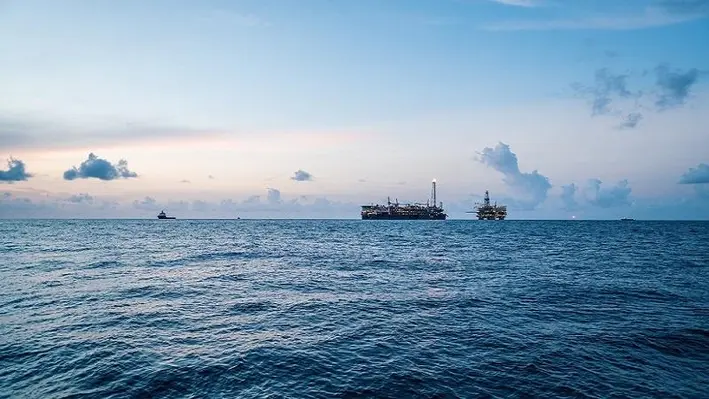

ASCO, a provider of fully-integrated logistics and materials management services in the oil and gas, decommissioning and new energy sectors, has secured four new contracts for NORM decontamination and disposal services with major operators, worth more than UK£10mn.
NORM Solutions, part of ASCO's environmental service division, has won the multi-year contracts with leading operators to provide safe management and decontamination of naturally occurring radioactive material (NORM) on North Sea installations as they are decommissioned.
NORM Solutions will handle the receipt and decontamination of all types of offshore materials and equipment, safely cleaning the items to be returned offshore or recycled. They will also handle NORM-contaminated sludges and liquids, repackaging these for safe onward transport and disposal.
The contracts will be further supported by deploying ASCO's radiation protection supervisors, who manage the offshore processes required to identify and safely store and offload any contaminated material.
Chris Lloyd, Head of Environmental and Decommissioning at ASCO, said, "Since ASCO acquired full ownership of NORM Solutions in 2019, the business has gone from strength to strength. The quality of our facilities and the professionalism of our team at NORM Solutions has played a major part in these contract successes and we greatly appreciate our customers faith in the services we deliver.”
Lloyd continued that with the UK acting as a leader in the decommissioning market worldwide, he anticipates continued growth at NORM Solutions to service increasing demand.
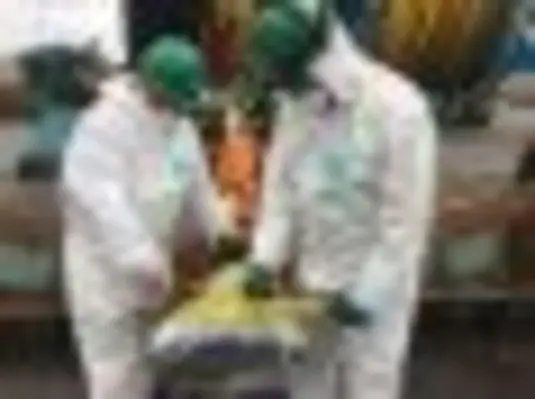
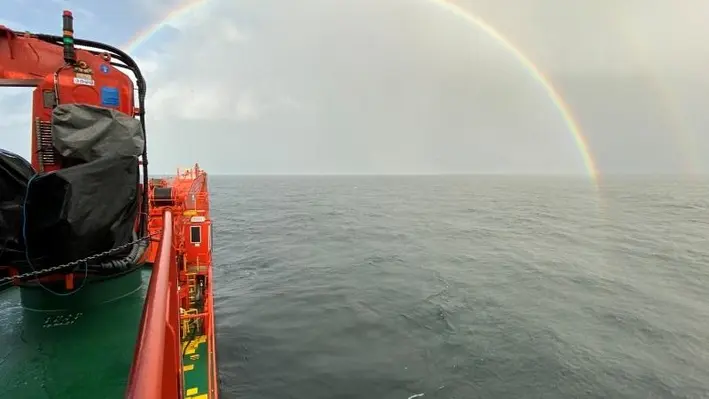
 Blue Ocean Seismic Services, the marine seismic survey disruptor, has completed a series of passive and active seismic trials proving the quality of seismic data collection, putting the company on track to commence pre-commercial trials during the second half of 2023.
Blue Ocean Seismic Services, the marine seismic survey disruptor, has completed a series of passive and active seismic trials proving the quality of seismic data collection, putting the company on track to commence pre-commercial trials during the second half of 2023.
Backed by industry leaders bp Ventures, Woodside Energy and Blue Ocean Monitoring, the UK/Australian tech company is developing the world’s first fleet of autonomous low-impact subsea nodes for capturing high-quality seismic data from the ocean floor for multiple applications such as offshore wind, oil and gas, and CCS. These underwater vehicles will transform the offshore seismic sector to become more affordable, faster, safer, environmentally friendly and significantly less carbon intensive.
Since its last update, the company has undertaken substantial further testing in Plymouth, the North Sea and Australia towards confirming the effectiveness of command and control systems, underwater flight performance, seismic coupling and active seismic data acquisition.
Focusing on the recent North Sea active seismic trial, the company achieved its technology and data collection objectives, including:
*Acquiring additional cycles of active seismic data with its alpha vehicles (AP-OBSrV) alongside conventional ocean-bottom nodes (OBNs)
*Testing engineering solutions for optimisations identified in the previous (August 2021) trials
*Confirming the ability of the AP-OBSrV to maintain a close seismic coupling with the seabed, especially where cross currents exist.
These objectives were all achieved in the active seismic survey, in particular confirming that the geophysical performance is on track. With this confirmation, the company will continue its rapid progression towards the commencement of commercial operations in 2024, starting with the assembly of up to 250 OBSrV version 1 nodes (based on the AP-OBSrV design) in batches, with pre-commercial trials in H2 2023.
Before commencing pre-commercial trials in H2 2023, the company is progressing discussions with industry partners regarding their strong interest in our services and pre-qualifying for future tender opportunities. In addition, following substantial interest from potential customers, the company also plans to open a new office in Houston, Texas, in Q1 2023, in line with its strategy to establish a presence in key markets.
Blue Ocean Seismic Services is delighted to announce the appointment of Fabio Mancini, PhD, as Chief Geophysicist. Fabio joins Blue Ocean Seismic Services from Woodside Energy where he was Chief Geophysicist from 2018. He has extensive industry experience; he spent five years at TotalEnergies in R&D and operations, working on projects covering both seismic processing and acquisition. He subsequently moved to Hess, where he worked in the Exploration and Production Technology team and was in charge of Hess’s seismic activities for the Eastern Hemisphere. He then moved to Australia to join Woodside where he covered several roles over 10 years.
Simon Illingworth, Managing Director and CEO, Blue Ocean Seismic Services, said, “The successful results of the various pre-commercialisation trials over recent months are the culmination of a huge amount of work by the Blue Ocean Seismic Services team and represent a massive leap forward on our path to full commercialisation. We are now in an excellent position to continue with the operational scale up of the business, engaging with government regulators in our key initial markets and begin commercial operations in 2024. Substantial investment is also being made in securing components for our initial inventory of pre-commercial vehicles.
“As a leading figure in the subsea exploration sector, it is a huge endorsement to have someone of Fabio’s calibre join the business, he will bring considerable expertise and experience to the team as we move to the next phase of our development.”
Mancini said, “I am very excited to be joining the team at Blue Ocean Seismic Services. As one of the co-inventors I look forward to realising the vision of transforming seismic acquisition in the years ahead.”
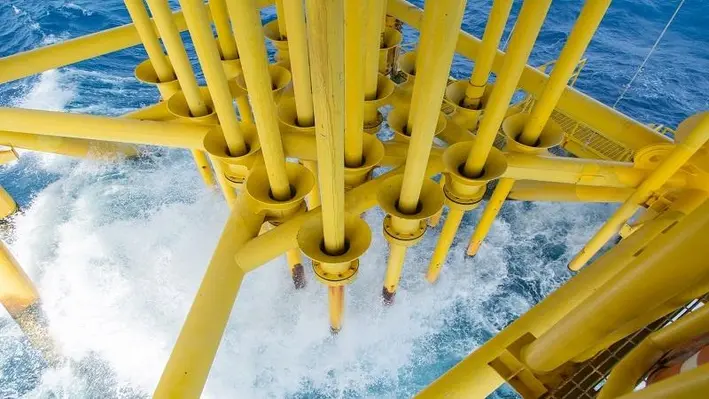
 Global well integrity and production optimisation firm, Coretrax, has created a casing integrity solution for a major North Sea operator which is said to eliminate the need for a casing string to be replaced.
Global well integrity and production optimisation firm, Coretrax, has created a casing integrity solution for a major North Sea operator which is said to eliminate the need for a casing string to be replaced.
The project saw a team of three engineers identify and mobilise the trouble zone, and install a short patch on a casing section of the well affected by corrosion.
To pinpoint the trouble zone, the engineers deployed its CX-RTP (retrievable test packer), a heavy-duty service packer used to set and pressure test a range of depths to identify the area in need of patching.
Following the identification of the trouble zone, the company deployed its ReLine HYD expandable casing patch to isolate the area and regain well integrity without the costs associated with replacing the casting.
Western Hemisphere President at Coretrax, Keith Bradford, said, “Our team of engineers worked collaboratively to identify how we could combine technologies from across our portfolio to effectively meet our client’s objectives. We mobilise products from CORE, our expandable tubular product line, and packers from our AEON line which we use for plug and abandonment solutions.
“The outcome was a great success and allowed our client to not only continue operations with minimal disruption or downtime, but also potentially saved costs on replacing the entire casing string.”
The project was completed in five days.


Argeo Robotics AS, a fully owned subsidiary of Argeo AS which develops robotic and digital solutions for the ocean space, has been granted a patent from the Norwegian Industrial Patent Office for a subsea electromagnetic remote-sensing system.
The company has developed a portfolio of electromagnetic source and receiver systems for Autonomous Underwater Vehicles (AUV), Underwater Intervention Drones (UID) and ROVs. This patent protects Argeo’s exclusive services with the products Argeo Whisper and Argeo Discover.
Argeo Whisper is an AUV and ROV system developed for localising and tracking buried pipelines as well as detecting buried objects in a decommissioning survey. It can also be used for detecting unexploded ordnances.
Argeo Discover is an application or detecting, delineating, and characterising deep sea mineral deposits or other conductive objects below the seafloor utilising an electromagnetic source integrated in an AUV or ROV.
The company has developed an electromagnetic source that is designed to operate down to 6,000 m water depth. This technology enables ultra-high resolution characterisation of minerals that has previously not been possible. With Argeo Discover added to Argeo’s AUV and ROV sensor portfolio, Argeo is in a position to provide effective ultra-high resolution data acquisition for both larger regional and detailed local exploration over large areas with deposits utilising its fleet its AUVs rated to 6,000 m water depth.
Thorbjørn Rekdal, CTO in Argeo, commented, “We are very pleased with the electromagnetic source and sensor technologies that are developed by Argeo Robotics, and protecting our inventions is something we consider of utmost importance.”
The project for Argeo Searcher and both of the SeaRaptors is scheduled to commence directly after completing the vessel conversion project in January 2023 with a duration of 3-4 weeks and an estimated completion in February. The project has good possibility for extension further into Q1 2023.
The company will provide high resolution environmental and potential marine mineral resource assessment in addition to an advanced dual-AUV operation. Argeo will retain show and marketing rights for the data and present the results using its digital visualisation platform, Argeo SCOPE.


The recycling operation of Curlew, an FPSO vessel, has started in Vats, Rogaland, this week, with the 235 m-long ship loaded-in by a float-over and subsequent site move operation.
The vessel will now be cleaned, dismantled and at least 97% of it will be recycled.
This is the first time this type of vessel has been recycled in Norway. The production vessel, Curlew, was operated by Shell UK, and produced oil and gas from the Curlew field in the UK sector in the North Sea. The chosen decommissioning solution known as a float-over-float-in operation has never been used on such a large scale anywhere in the world. The contract was awarded to AF Offshore Decom through competitive tendering, and includes engineering, preparatory work, dismantling and recycling.
Dismantling and recycling of offshore installations and ships is an important part of the green transition. Here, Norwegian industry and engineering expertise have developed solutions that are at the forefront of the industry. This provides tangible evidence of the circular economy given nearly 97% of the ship can be used as raw materials in new production, with steel being used as rebar in new buildings, and all hazardous waste is taken out of the system and disposed of in a responsible manner.
“This is a very complex logistics project with significant marine operations. We are proud that we can carry out such complicated operations in a safe and environmentally sound manner," said Lars Myhre Hjelmeset, Executive Vice President for Offshore in AF Gruppen.
The production vessel Curlew has been in operation in the UK sector of the North Sea and was transported to the facility at AF Environmental Base Vats in Rogaland in 2020. The preparations on the FPSO have been ongoing at AF Environmental Base for some time, and the float-over-float-in-operation was completed this week. Now the ship has been transported ashore in the largest single offloading of a production vessel that has been carried out in this way. The hull is now safely located on the quayside at AF Environmental Base Vats, ready for cleaning, dismantling and final recycling. These activities will start immediately and continue throughout 2023.
“We have considerable experience in recovering offshore installations and floating production vessels is another area where our expertise and approach is both relevant and internationally recognised. Complex operations like this show that Norwegian offshore and engineering expertise helps set the standard for safe and environmentally sound solutions," commented Hjelmeset.


Saab Seaeye, a leading underwater e-robotics company, is assisting in the decommissioning of an oil platform in Angola – the first to undergo this work in the country.
EQS, an environmental quality services company, is leading the project with help from a Saab Seaeye Falcon underwater robot that has been deployed to help transform the platform into an artificial reef.
Chief Technical Officer at EQS, Carlos Rodrigues said, “By operating the Seaeye Falcon and all its related capabilities, EQS is supporting its aim to fulfil specific works in a safe and cost-effective manner delivering accurate and relevant information.”
The Falcon is assisting in the survey and mapping of all underwater components, including checking the wellhead, pipelines and the surrounding maritime environment.
Baseline environmental conditions are determined by taking water and sediment samples at several stations and at different depths, focussing on biological matter, namely zooplankton, phytoplankton, and benthos.
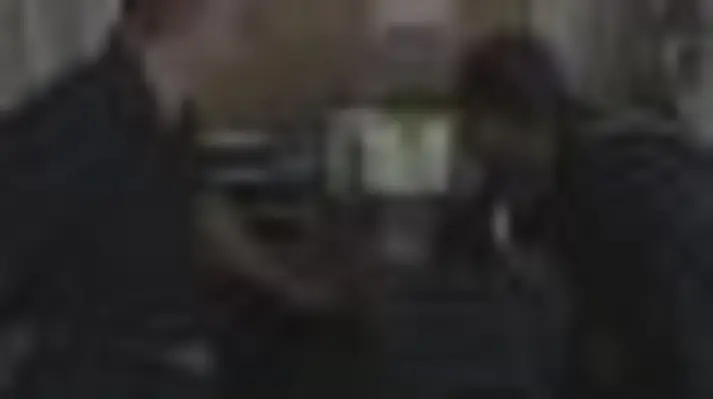
Significant marine growth already exists throughout the structure with abundant marine life already in the area for populating the rig when toppled on its side to become an artificial reef. Once decommissioning is complete, a series of surveys will be scheduled to monitor the evolution of marine growth on the newly created reef.
EQS selected the Seaeye Falcon for its ability to handle an array of cameras, sensors, tooling and complex data gathering systems that include a digital multi-frequency profiling sonar.
Future work involves clearing an area of fish nets, restoring platform signalling and marking, positioning of signal buoys and confirmation of pipeline locations along with the surveys to monitor marine growth.
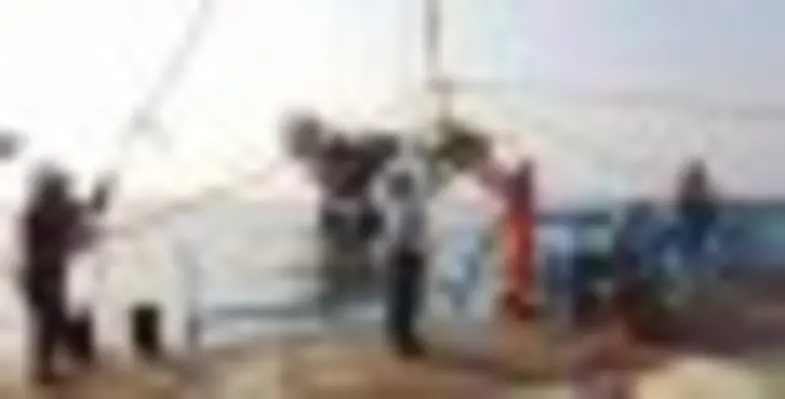

 Treating and removing scale build-up within a tubing retrievable subsurface safety valve (TRSSSV) can be problematic, costly, and timely. For scale dissolvers to work effectively, they require extended soak periods to penetrate the scale.
Treating and removing scale build-up within a tubing retrievable subsurface safety valve (TRSSSV) can be problematic, costly, and timely. For scale dissolvers to work effectively, they require extended soak periods to penetrate the scale.
To meet this problem, Oilenco has introduced the Oilenco Bullheading Jetting Sleeve which combines traditional soaking methods with a ‘jetting’ action, targeting scale dissolvers directly at critical components of the downhole safety valve, agitating the scale as well as soaking it?
Combining two tried and tested technologies, the new tool delivers optimum scale treatment results by using a repeated method of scale soak and targeted jetting.
Requiring minimal well intervention, this innovative product is designed to precisely target critical areas within the TRSSSV using a ‘jetting’ action to optimise distribution and efficacy of scale treatment. Designed with a minimum of two jet subs, the system is preconfigured to target key mechanical components within the TRSSSV before being deployed into the well on slickline.
Unique to the Bullheading Jetting Sleeve is the multi jet sub system. Each jet sub consists of an array of micro nozzles that create a 360⁰ jetting pattern. By positioning two or more jet subs at key locations within the safety valve (i.e. flow tube, exercise profile, flapper, etc.), scale dissolver can be precisely targeted at these critical areas.
Between each jet sub there is a flowrate sensing valve that directs fluid to either the upper or lower jet sub depending on the velocity of the fluid passing through it. When pumping stops, the jetting stops. When not jetting, the Bullheading Jetting Sleeve reverts to a conventional soak arrangement allowing the scale dissolver to soak into the scale. As soon as surface pumping is reintroduced, the jet subs become active and intense fluid agitation can recommence.
With constant replenishment of fluid, the system maximises performance of the scale dissolver in the most efficient time frame. Every drop of dissolver can be targeted at any critical area of the TRSSSV where scale build up could be affecting the functionality of the valve.
An ideal dual technology solution when scale build-up is identified as the likely cause of a TRSSSV not functioning, the Bullheading Jetting Sleeve (patent pending) is an innovative addition to the Oilenco safety valve management portfolio, re-establishing the integrity of a well and allowing operations to continue.

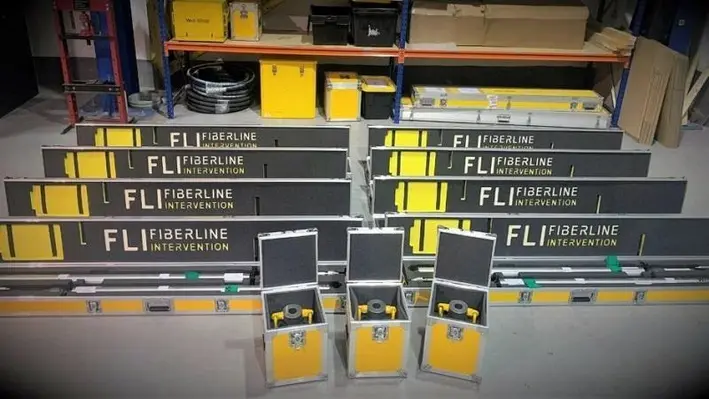

Well-SENSE, a downhole sensing specialist, has deployed its FiberLine Intervention (FLI) technology at a large carbon capture and storage (CCS) facility, in an industry-first application.
FLI has already been well-proven in a variety of seismic, acoustic and temperature monitoring applications in the oil and gas sector and has just completed its first geothermal well survey for Eden Geothermal in Cornwall.
The fibre-optic monitoring system has since been deployed for a leading integrated energy operator in Australia and marks the first time that fibre has been used to survey live CCS wells and reservoirs.
The new application in the carbon sequestration sector provides a safe, low-risk monitoring solution in a highly corrosive CO2 environment where traditional intervention solutions are often detrimentally affected.
The energy operator employed FLI in a field trial to study well integrity, CO2 flow characterisation and plume movement within the reservoir. FLI’s distributed temperature sensing (DTS) enabled assessment of the reservoir zones, while its distributed acoustic sensing (DAS) simultaneously acquired vertical and passive seismic data.
Annabel Green, CEO at Well-SENSE, commented, “Our FiberLine Intervention system was selected by this leading operator, to be evaluated as a potential alternative to the use of wireline production logging tools. Our system’s advantages include its extremely compact rig-up, much lighter surface pressure control equipment which uses a static rather than a dynamic seal and a simpler deployment method compared to conventional techniques. FLI also uses a bare fibre that is impervious to the corrosive effect of CO2, which helped to make this intervention possible.
“Several challenges were overcome efficiently, including the requirement to leave the fibre in the well for four days with exposure to strong fluid cross flows, the requirement for immediate Cloud data transfer from the wellsite to the operator’s technical centre and servicing a remote wellsite near live infrastructure. We are delighted that operations were performed incident free with no major NPT events and that our unique technology provided valuable, high-quality data from multiple wells.”


With an ever-increasing demand and healthy oil price appearing to reach relative stability, much of the oil and gas industry has thrived across 2022, despite the tumultuous geopolitical environment threatening to upset Covid-19 recovery efforts.
As supply from Russia continues to reduce, European countries are preparing to fill the gap by boosting production while balancing their environmental commitments. To help walk this tightrope, there are calls for operators in the North Sea to invest more into offshore well intervention an opportunity which could see it emerge as a cornerstone of the North Sea industry.
With more capital available for spending on such activities and a plethora of shut-ins, experts have highlighted how the industry is also presented with a blank canvas in the North Sea for testing new technologies. The eventual implementation of these could really help tip the balance in the risk versus reward scale and take down a potential barrier preventing future interventions.
While stimulating production is the most pressing concern at this time, increasingly influential regulators are ensuring that the decommissioning wave on the horizon is not removed from gaze. As climate concerns continue to mount and the ageing region advances in its maturity, there is growing pressure for the industry to expand their attention on end of life activity. This is work that will not simply disappear and, with soaring profits rolling in from high demand and healthy oil price, there are calls for operators to take advantage of this boom and get ahead of their liabilities – a trend which could open up the market for companies offering project management, engineering analysis, data collection, downhole tools, etc within this workscope.
Download the full, free-to-read report on these trends and more here.


Clariant Oil Services, a leading supplier of specialty oilfield production chemicals and services to the oil and gas industry with product offerings in enhances oil recovery, offshore and deep water, well services additives and more, has expanded its presence in EMEA with the launch of a state-of-the-art facility for advanced oil and gas solutions.
Clariant made the announcement alongside the return of ADIPEC in Abu Dhabi which is taking place from 31 October – 3 November. The EMEA Technical Centre is located in the Dubai Science Park (DSP) in Dubai, UAE, and will leverage the latest technologies and more sustainable oilfield chemicals.
The hub will give customers in major oil producing countries access to Clariant’s global innovation team and address three competencies: corrosion, fluid separation, and flow assurance.
“The EMEA Technical Centre brings autonomous application testing facilities to the oil and gas industry, doubling throughput and allowing customers to swiftly realise performance and cost-driven solutions,” said Zied Ghazouani, Head of EMEA, Clariant Oil Services. “Clariant will deploy novel solutions to protect the integrity of customer assets, ensure continuity of production, and enhance asset productivity, while not losing sight of sustainable development goals.”
Clariant is committed to using its world-leading expertise to help customers achieve their sustainability transformations across every phase of the oil and gas lifecycle. Earlier this year, Clariant Oil Services launched the D3 PROGRAM to introduce more sustainable solutions to the oil and gas industry. The initiative helps operators reduce carbon emissions and enhance safe operations, while avoiding disruptions to ongoing operations.
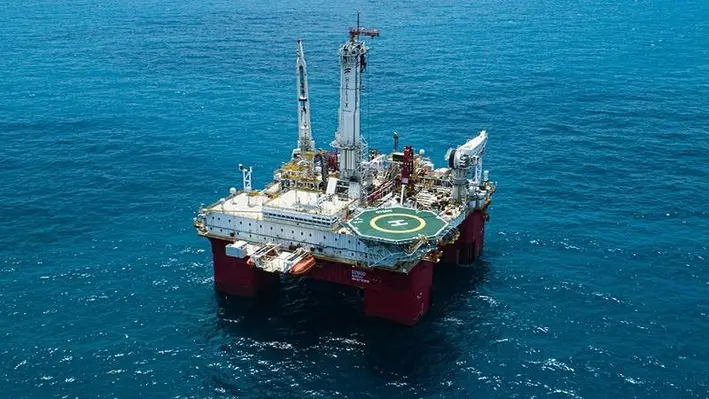

Helix Energy Solutions Group has received a deepwater well decommissioning contract award by Shell Brasil Petroleo Ltd to perform P&A services on subsea wells located in the Bijupira and Salema fields in the Campos Basin.
Helix will provide the Q7000, a riser-based well intervention vessel; a 10K Intervention Riser System; and remotely operated vehicles to complete the project which is expected to take 12 months after starting in early in 2024.
The Q7000, equipped with an IMO-certified DP3 system and the Helix-designed IRS, can execute well intervention operations in water depths ranging from 85 m to 3,000 m. With its open deck plan and tri-axial configuration, the Q7000 is capable of a wide range of production enhancement operations including well clean-up and field development support. The vessel is equally optimised for well decommissioning, including suspension, tubing removal, tree recovery and sea floor clearance.
Scotty Sparks, Helix’s Executive Vice President and Chief Operating Officer, commented, “We are pleased that Helix has been awarded this major well decommissioning contract. This is another step forward in the execution of our strategic objectives which includes contributing to the energy transition by providing best-in-class and global leading decommissioning services. We look forward to continuing our relationship with Shell.”
Page 70 of 111